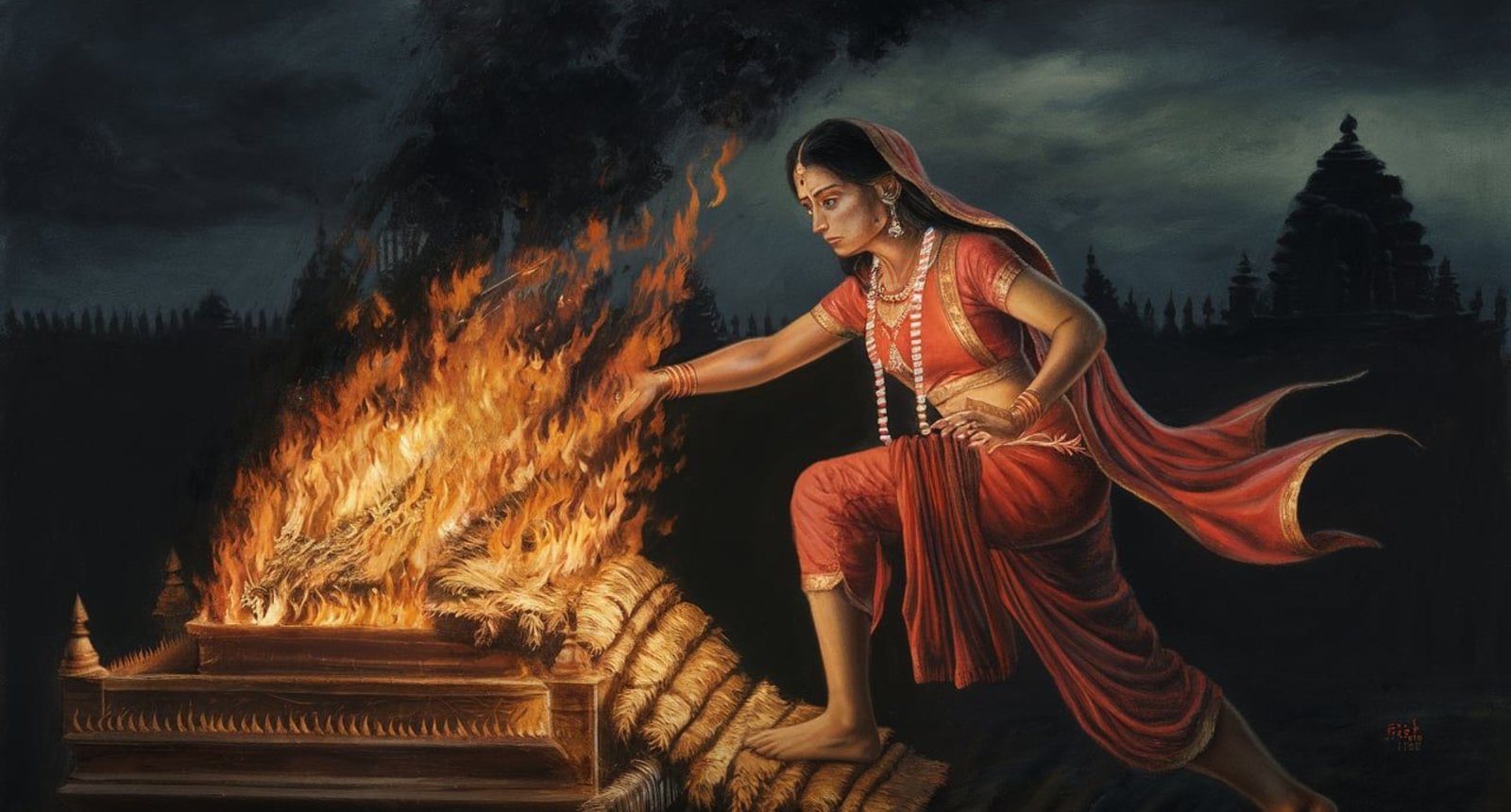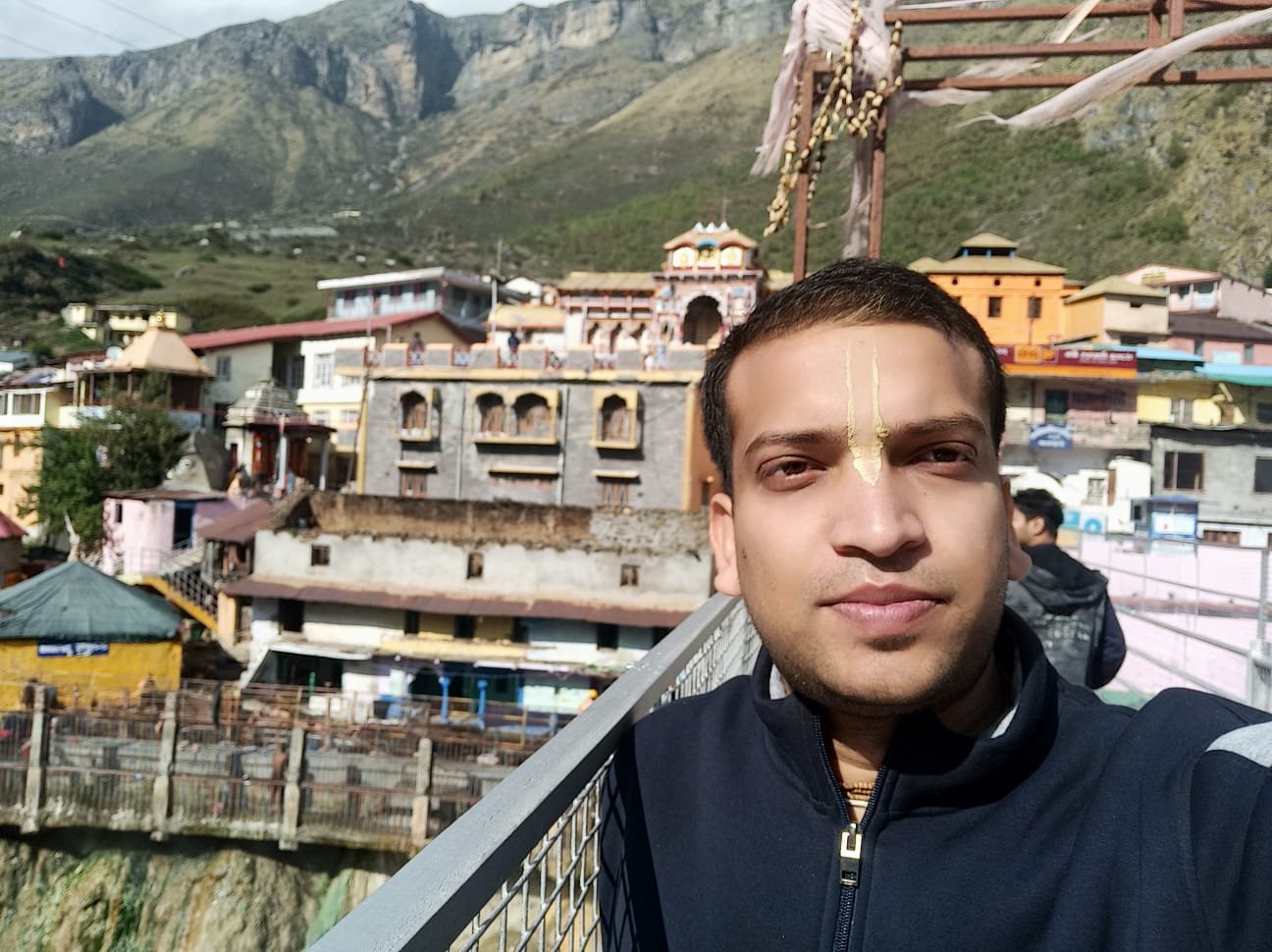
The original idea of Sati Pratha was that it was never forced upon women. It was a voluntary choice for a woman to enter her husband’s funeral pyre. The principle behind this practice was rooted in the belief that if a woman was deeply attached to her husband and could not imagine life without him, she could choose to accompany him in death, thereby continuing their bond in the next life.
In the Mahabharata, an example of this is seen with Maharaj Pandu and his wives, Kunti and Madri.
Maharaj Pandu was cursed by a sage whom he had once killed (in the form of a deer) while the sage was uniting with his wife. The curse stated that Pandu would die if he ever united with his wife. Despite being aware of the curse, Pandu, overcome by desire, attempted to unite with Madri, which led to his death.
Following his demise, both Kunti and Madri wished to enter his funeral pyre. Kunti expressed her desire to follow her husband, but Madri insisted that it was her duty. She reasoned that she could not fulfill Maharaj Pandu’s last wish to be with her and also could not provide equal affection to Kunti’s three children like you (Kunti) Can give.
Therefore, she entrusted Kunti with the responsibility of raising her two sons, Nakul and Sahadeva, and chose to follow her husband. Despite advice from sages to remain alive for the sake of her young children, Madri stood firm in her decision, highlighting the voluntary nature of the practice at the time.
Over time, however, this concept of voluntary choice was corrupted, and Sati Pratha became a forced practice imposed upon women, often against their will.

![The Art of Detached Action [A Deeper Look at Karma-Yoga] by Adbhuta Narsimha Das](https://journeyinside.net/wp-content/uploads/2025/06/The-Art-of-Detached-Action-A-Deeper-Look-at-Karma-Yoga.png)



